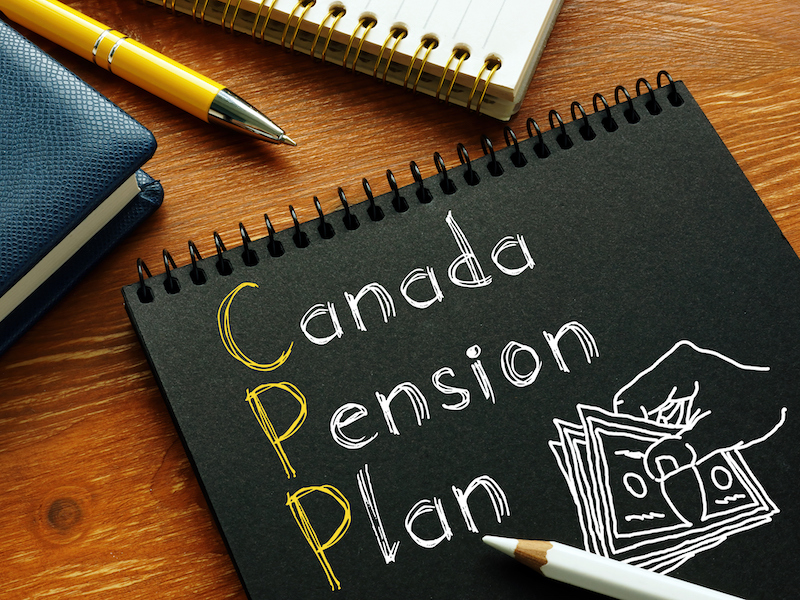
With just a month to go before 2024, now is the perfect time to reach out to your clients to make sure they understand the new changes, and costs, associated with their Canada Pension Plan (CPP) contributions for next year.
Enhancements to the CPP began in 2019 and, once fully implemented, could potentially increase the maximum CPP retirement pension by up to 50% for younger workers just starting out. Phase two of the enhancements begins in January 2024.
Both employees and business owners are required to contribute to the CPP based on pensionable earnings. Since 2019, the CPP contribution rate has gradually increased every year, to 5.95% in 2023 from 4.95% in 2018 (before the enhancement), for a total increase of one percentage point for both employees and employers. If you’re self-employed, you pay both the employee and employer portions, for a 2023 contribution rate of 11.9%.
For 2023, Canadians over 18 who make more than $3,500 annually contribute 5.95% of their employment income (above that base amount) to the CPP, up to the year’s maximum pensionable earnings (YMPE), which is $66,600 for this year. This YMPE is referred to as the “first earnings ceiling” in light of the upcoming enhancements. Given the YMPE of $66,600 and the basic exemption of $3,500, this means the maximum employee CPP contribution this year is $3,754 (double that, or $7,509, if they’re self-employed).
For 2024, employee and employer CPP contribution rates will remain at 5.95%, but the maximum pensionable earnings will increase to $68,500, while the basic exemption amount remains at $3,500. This increase was calculated in accordance with CPP legislation, and takes into account the growth in average weekly wages and salaries in Canada.
This means the 2024 maximum CPP contribution will be $3,867.50 for each of the employee and employer portions. The self-employed CPP contribution rate remains at 11.9%, and the maximum contribution will increase to $7,735.
Starting Jan. 1, 2024, however, a second CPP contribution rate and earnings ceiling is being introduced that will be called the “year’s additional maximum pensionable earnings” (YAMPE). It will only affect workers whose incomes are above the first earnings ceiling.
The level of the second earnings ceiling is based on the value of the first earnings ceiling. For 2024, the second earnings ceiling was set at an amount that is 7% higher than the first earnings ceiling, and for 2025, the second earnings ceiling will be set at an amount that’s 14% higher than the first earnings ceiling.
As a result, for 2024, pensionable earnings between $68,500 and $73,200 will be subject to “second CPP contributions” (CPP2) at an employee/employer rate of 4%, with a maximum contribution of $188 each. The 2024 self-employed CPP2 contribution rate will be 8%, and the maximum self-employed contribution will be $376.
If you have clients who are self-employed, including professionals such as doctors, lawyers and accountants who operate through professional corporations, the increased cost of CPP contributions in 2024 (just over $8,100 for income of $73,200 or more) must be considered when the compensation decision to pay themselves salary or dividends (which are not subject to CPP contributions) is made for next year.
It’s also important to remind our clients that not everyone will fully benefit from the CPP enhancements. How much each worker’s CPP benefits increase will depend on how much they contribute to the enhancements and for how long.
Jamie Golombek, FCPA, FCA, CFP, CLU, TEP, is the Managing Director, Tax & Estate Planning with CIBC Private Wealth in Toronto.
